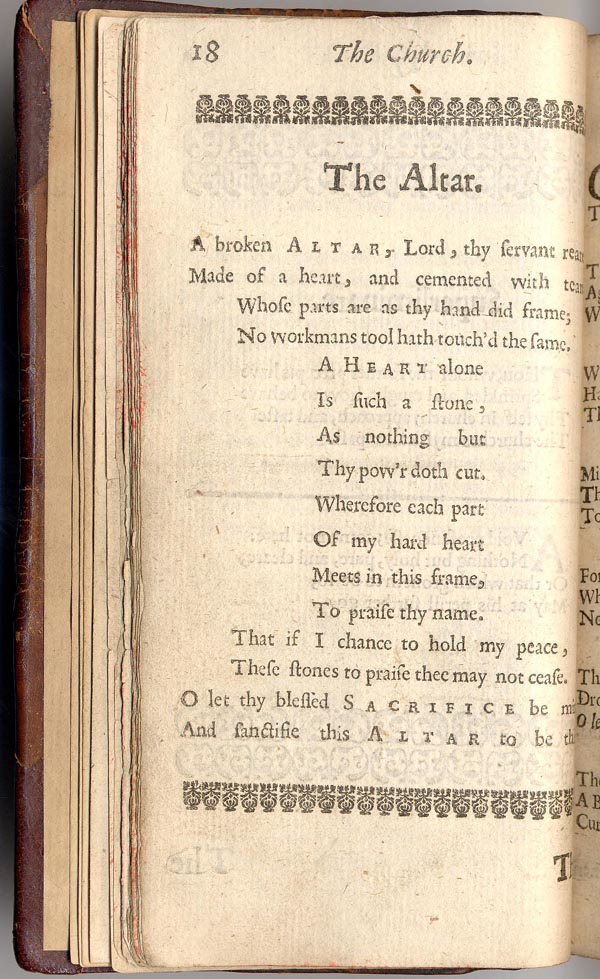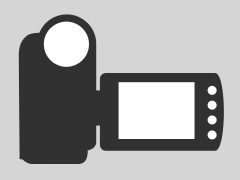September 23, 2011 - A few days ago, this wonderful piece of mail-art appeared in my PO box. I have pondered over it, studied it carefully, and cannot solve the mystery of who sent it. Am I overlooking the obvious as I am often prone to do?
This is a big collage (8.5" x 11" or A-4) on solid cardboard, reminding me of Erni Baer's (Hamburg, Germany) masterful work. I see a reference to concrete poetry of the typewriter era. The collage includes a very nice piece of concrete-based vispo, proving the artist is familiar with this kind of work. Could this be another masterpiece by Richard Canard (Illinois, USA)? The work is definitely at that level of talent. The reverse side offers even more wonder with some great text about e-mail vs. snail mail correspondence:
This displays the wry humor and wit of David Stafford (New Mexico, USA). Yet Thom Courcelle (Washington State, USA) is a great writer and artist. He is among the very few who could produce a piece such as this, perfection in all areas, faithfulness in detail. Or - Lord forbid - is this part of Grigori Antonin's new wave and I've been fooled yet again by The Grigster?
Regardless, a wonderful piece of mail-art worth sharing. And I ask: Who done it?
Comment
-
Comment by Nancy Bell Scott on September 24, 2011 at 10:47pm
-
Your concrete poem works, Theresa, I like it.
I have read Herbert and Donne (not to mention Eliot), yes, but looked too quickly at that beautiful page and saw only the symmetry (and words as words, since it has been a while), not the altar! Pretend the conscious/unconscious question wasn't asked.
Interesting history, to put it mildly.
-
Comment by De Villo Sloan on September 24, 2011 at 10:12pm
-
Thanks for "Easter Wings," Skbridge. I didn't see any George Herbert in your link, but that is a GREAT connection.
Strangely, the image of "The Altar" I found was used on the Jeoprady game show as part of question. I wonder how much it was worth? George Herbert on Jeoprady, must be some kind of irony there.
Really nice piece, Theresa. I like the writing a lot. Definitely, somewhere along the line, a lot of concretists left the integration of text and image behind and just started seeing the language as material to be turned into structures, such as Kempton.
Cheryl and I dug into this with her text weaves a few months back. We found some good quotes from Jackson MacLow talking about language as just a material among other materials. And that seems to be a Fluxus position - SO much concrete poetry has come out of Fluxus.
Really amazing comments, folks.
-
Comment by De Villo Sloan on September 24, 2011 at 8:56pm
-
The shape of "The Altar" is entirely conscious. The couplets are written to form the shape. He did another nice one in the shape of an angel. You remember George Herbert? One of the Metaphysical Poets along with John Donne that T.S. Eliot admired so much.
-
Comment by De Villo Sloan on September 24, 2011 at 8:46pm
-
I think I deleted my own comment: Generally, the further back you go in time with concrete poetry the more representational it is - poems in the shape of things they are about, like George Herbert. Abstraction, overstiking, distortion work in later and seem, maybe, linked to the rise of vispo. Exceptions are everywhere.
-
Comment by Nancy Bell Scott on September 24, 2011 at 8:46pm
-
You were talking about it where and when? Are you on the right blog? This is one beautiful, beautiful page! It's unaware or subconscious or totally conscious concrete poetry? Stabs in the dark.
-
Comment by De Villo Sloan on September 24, 2011 at 8:35pm
-
So much for my battered memory. I was talking about George Herbert's "The Altar" - 1633:

-
Comment by Nancy Bell Scott on September 24, 2011 at 8:07pm
-
Yes, it takes incredible skill, plus focus, patience, fine hand-eye, developed arm, hand, and finger strength, and more. For the script writer/typist and for artists such as Kempton.
My college papers, and for a lit. major there were a lot of them, were typed on a manual the first two years.
That Olivetti is a nice-looking machine.
-
Comment by Nancy Bell Scott on September 24, 2011 at 7:41pm
-
What order (capital O, Order) in the concrete poetry posted around here lately. Or is it usually or always 110% Ordered? (Organized.) It's the kind of thing a lot of people would throw out the window in utter, screaming impatience after the first sixteen minutes of work.
-
Comment by De Villo Sloan on September 24, 2011 at 7:28pm
-
Yes, we can think of Kerouac banging out hundreds of pages for "On the Road" on a manual typewriter. But think of the shear agony and ecstasy for one of the ancients - concrete poet Karl Kempton who used to turn out things like this without an error:
-
Comment by Nancy Bell Scott on September 24, 2011 at 7:10pm
-
You're right! Haha, I will remember that, "the rocking chair brigade." At least until I'm one of them literally. In the lengthy meantime, we should assume, there are two Hermes that look like yours for sale on ebay. No glitter comes with them.
© 2025 Created by Ruud Janssen.
Powered by
![]()

You need to be a member of International Union of Mail-Artists to add comments!
Join International Union of Mail-Artists